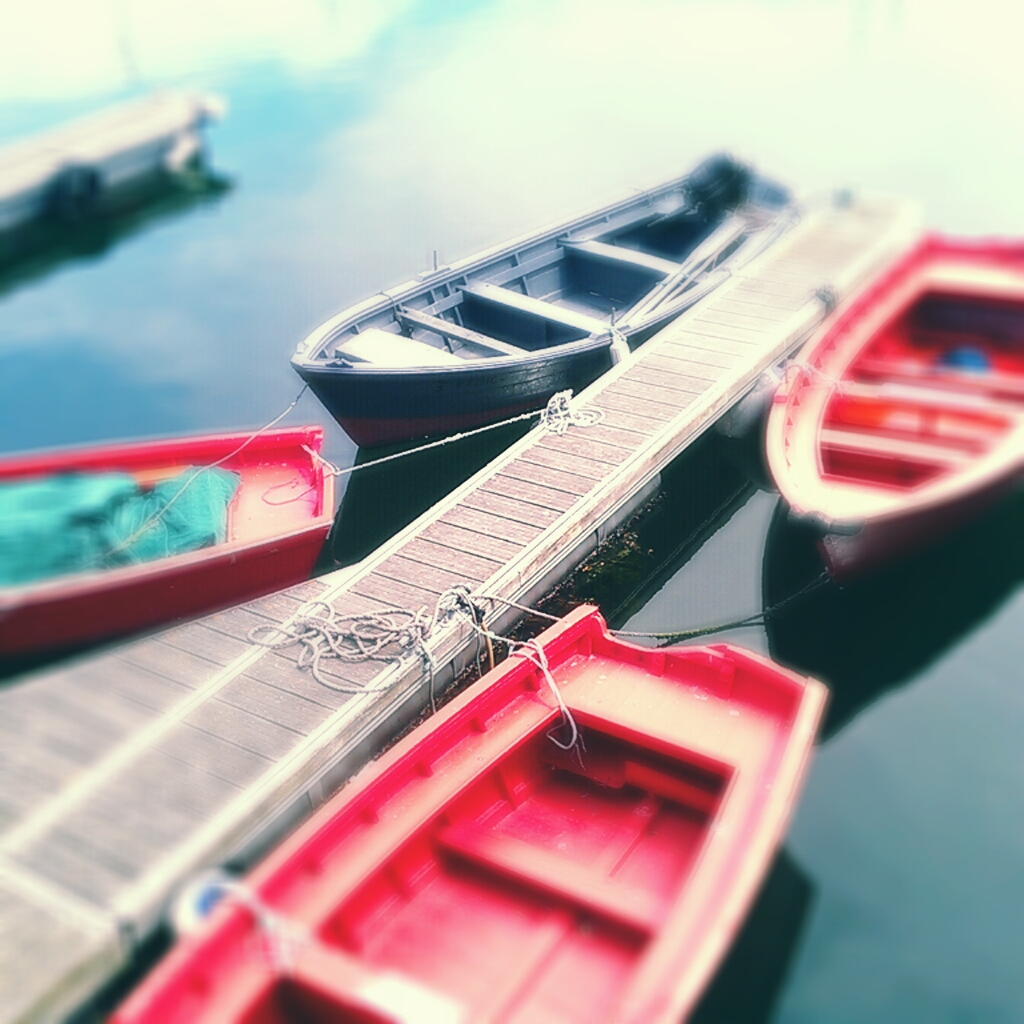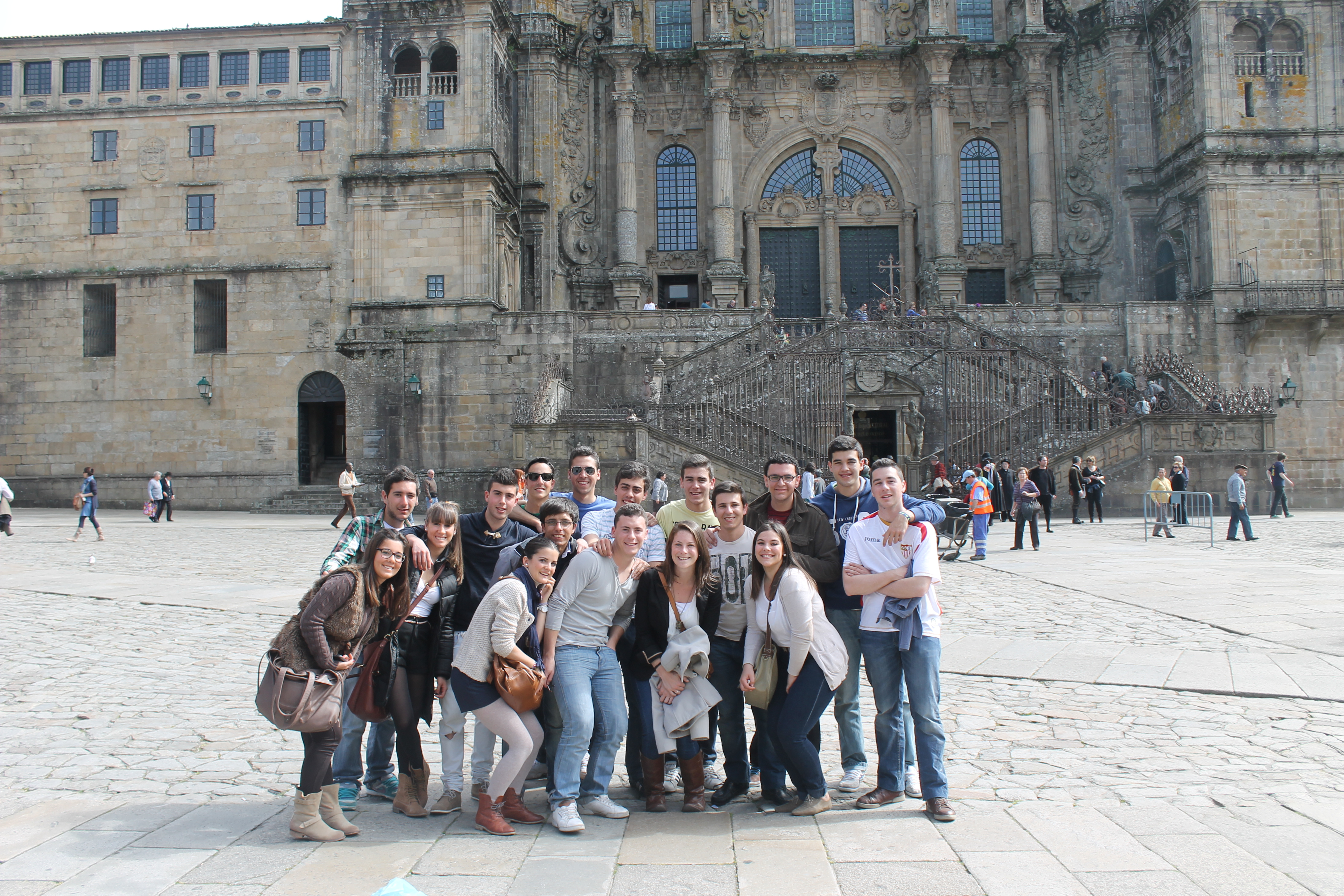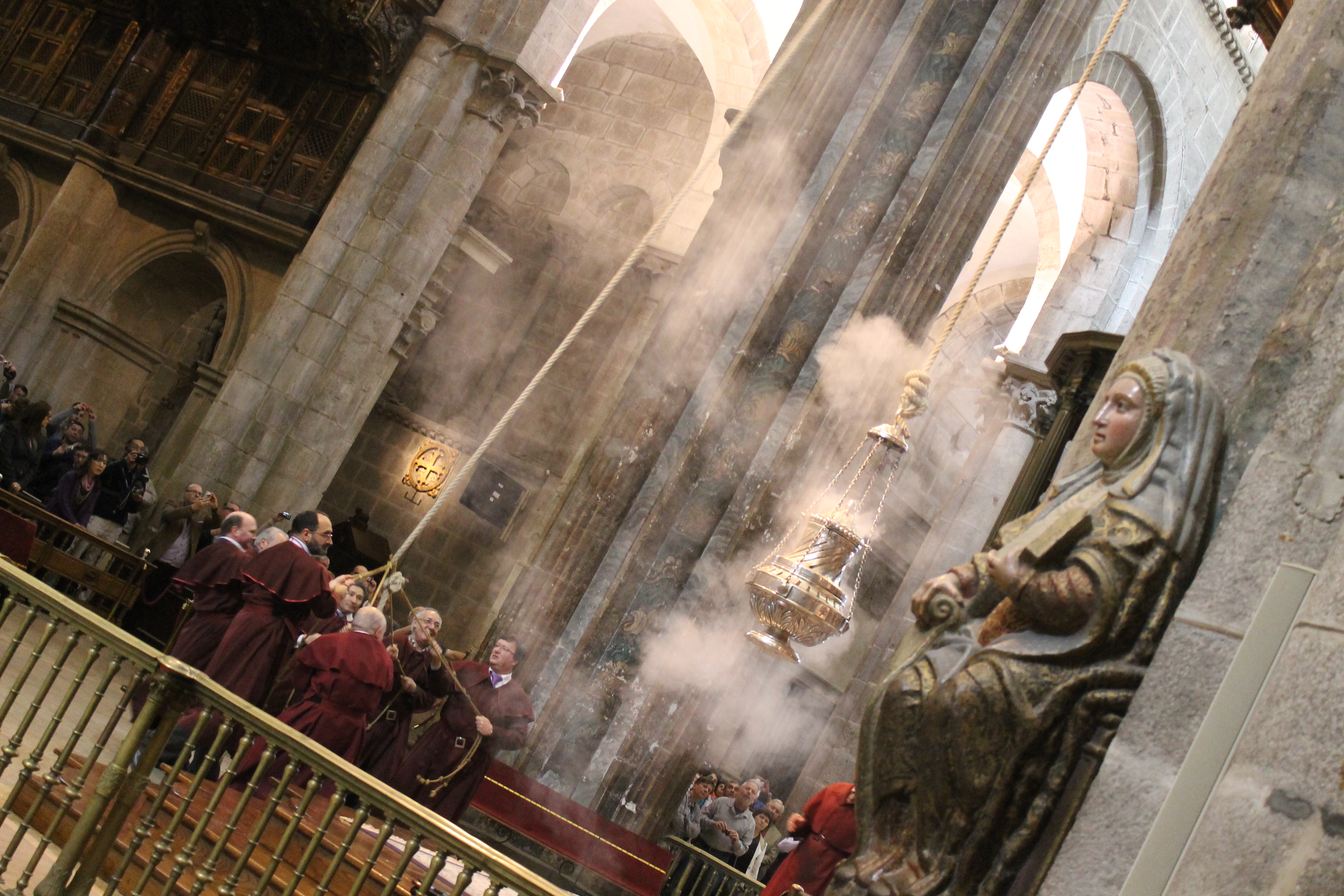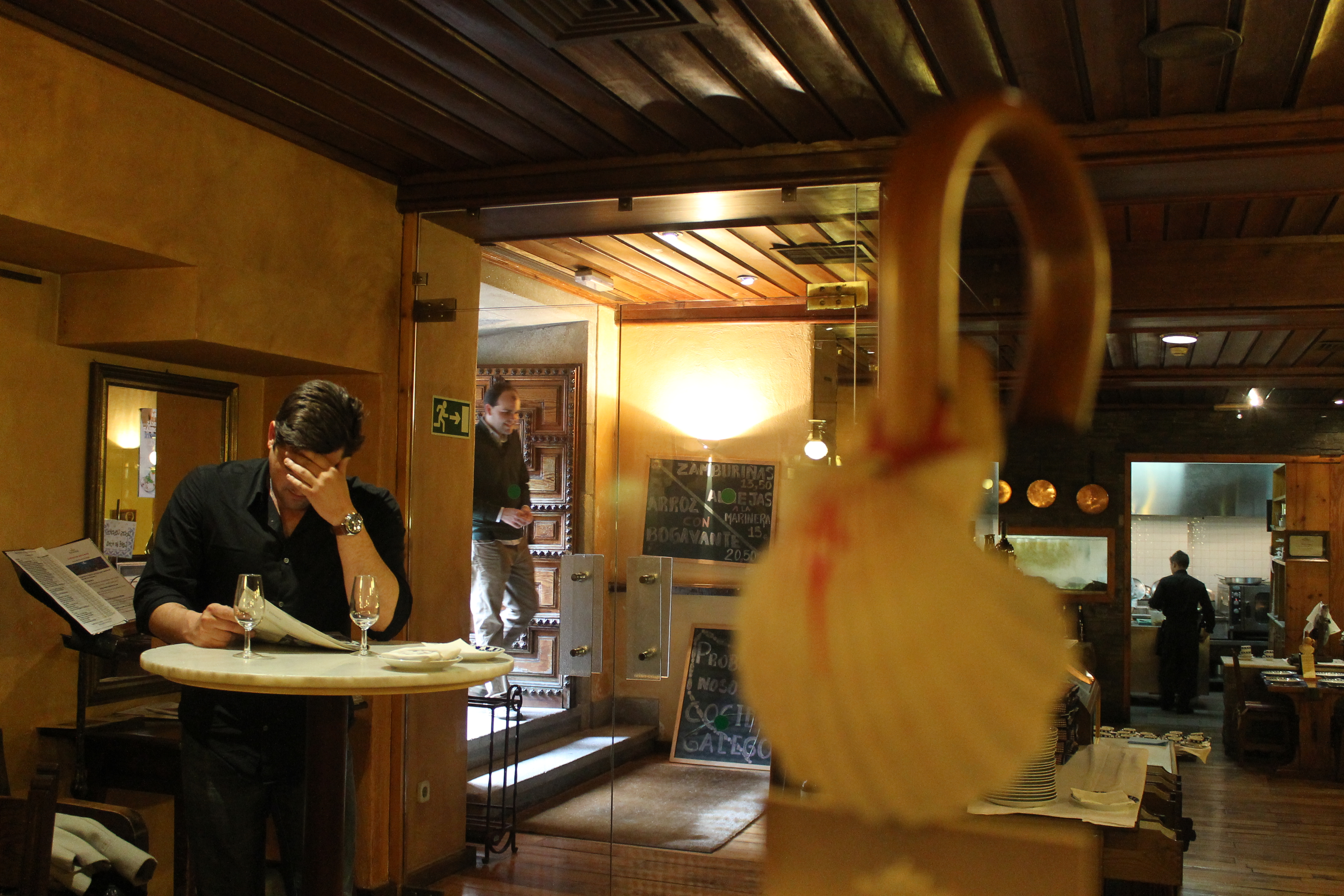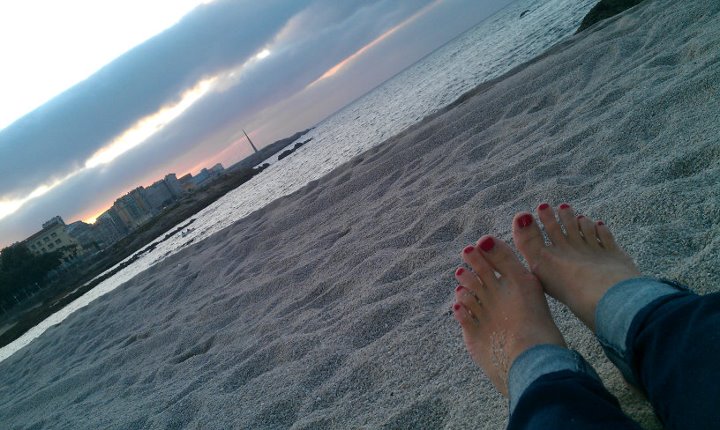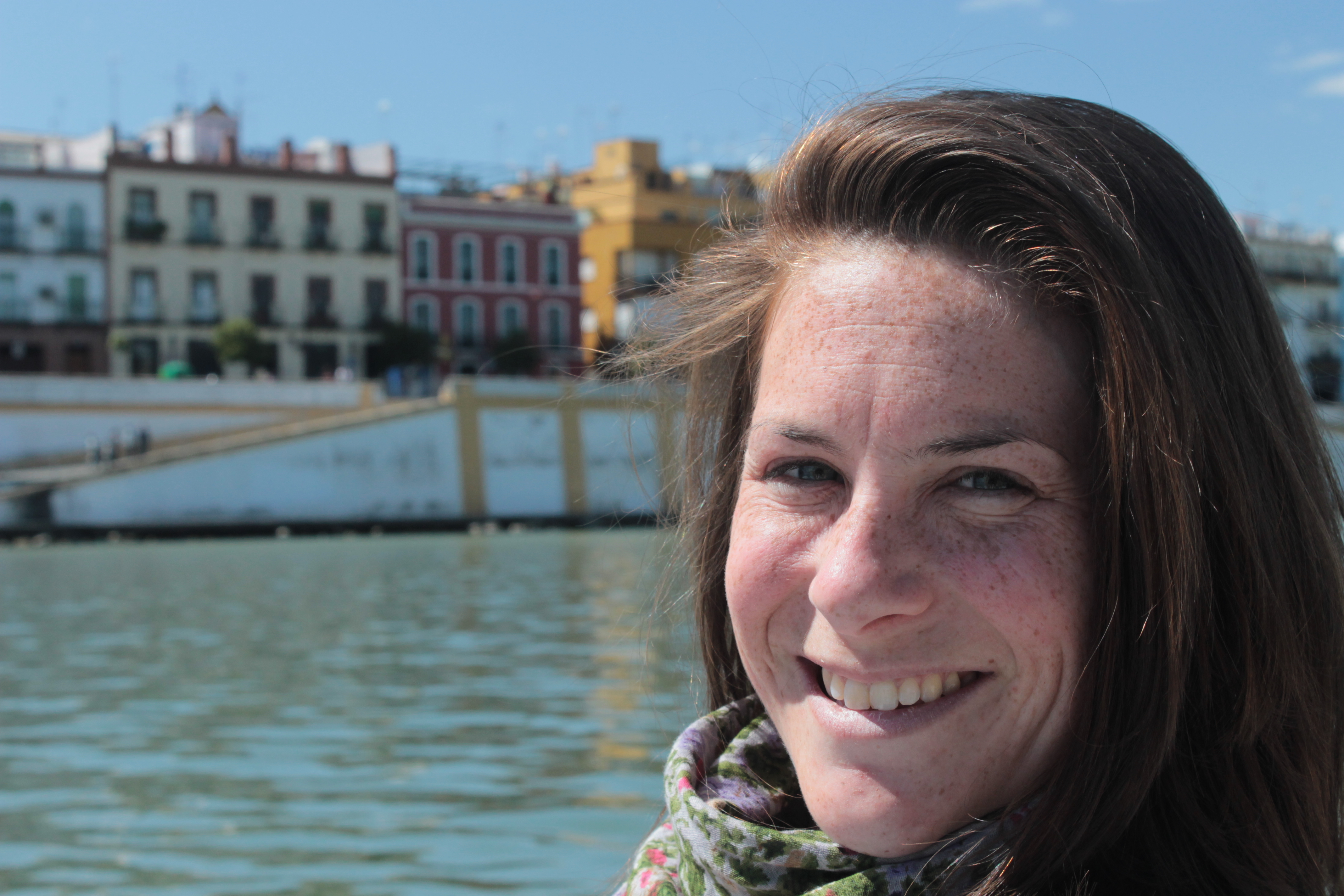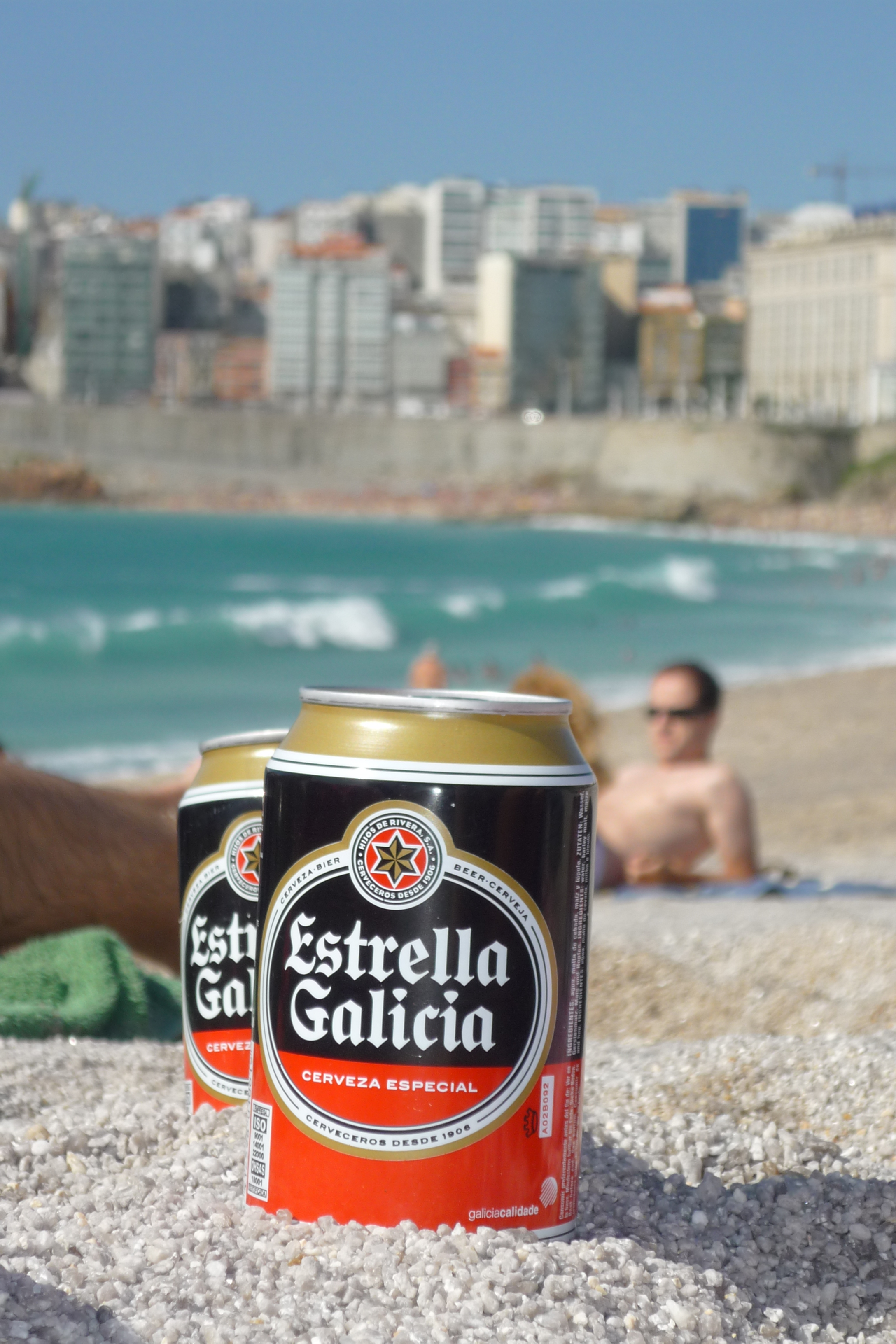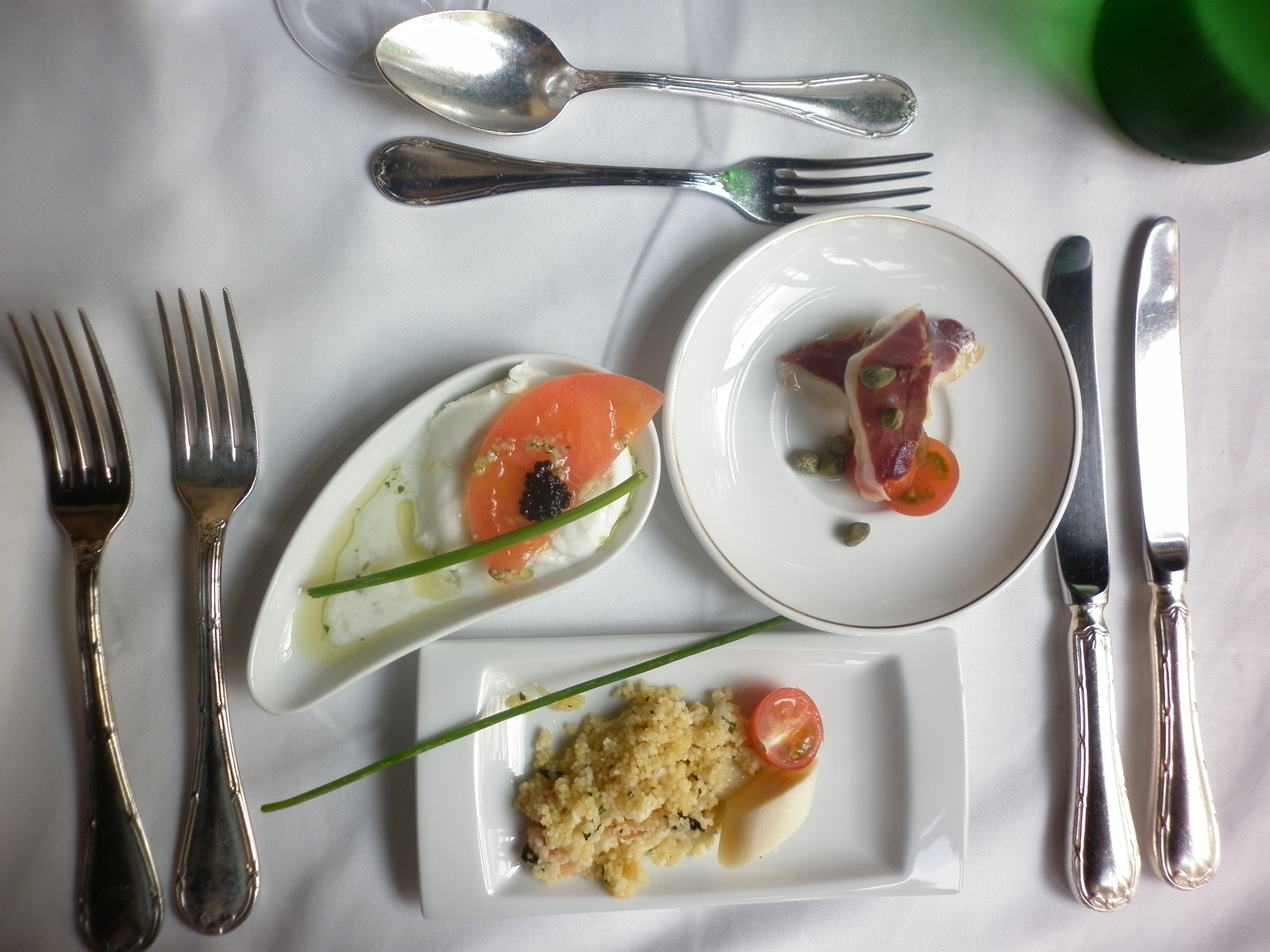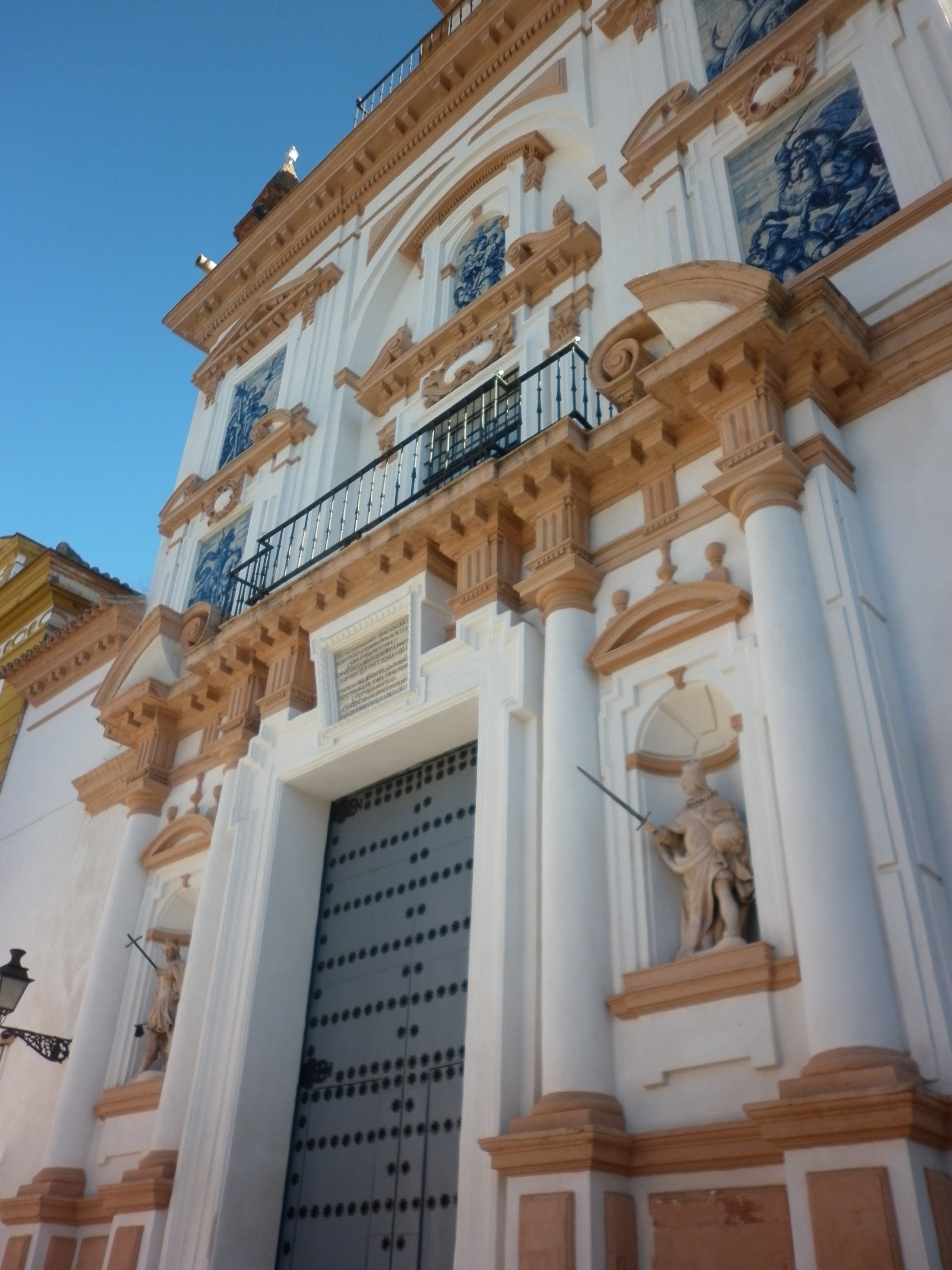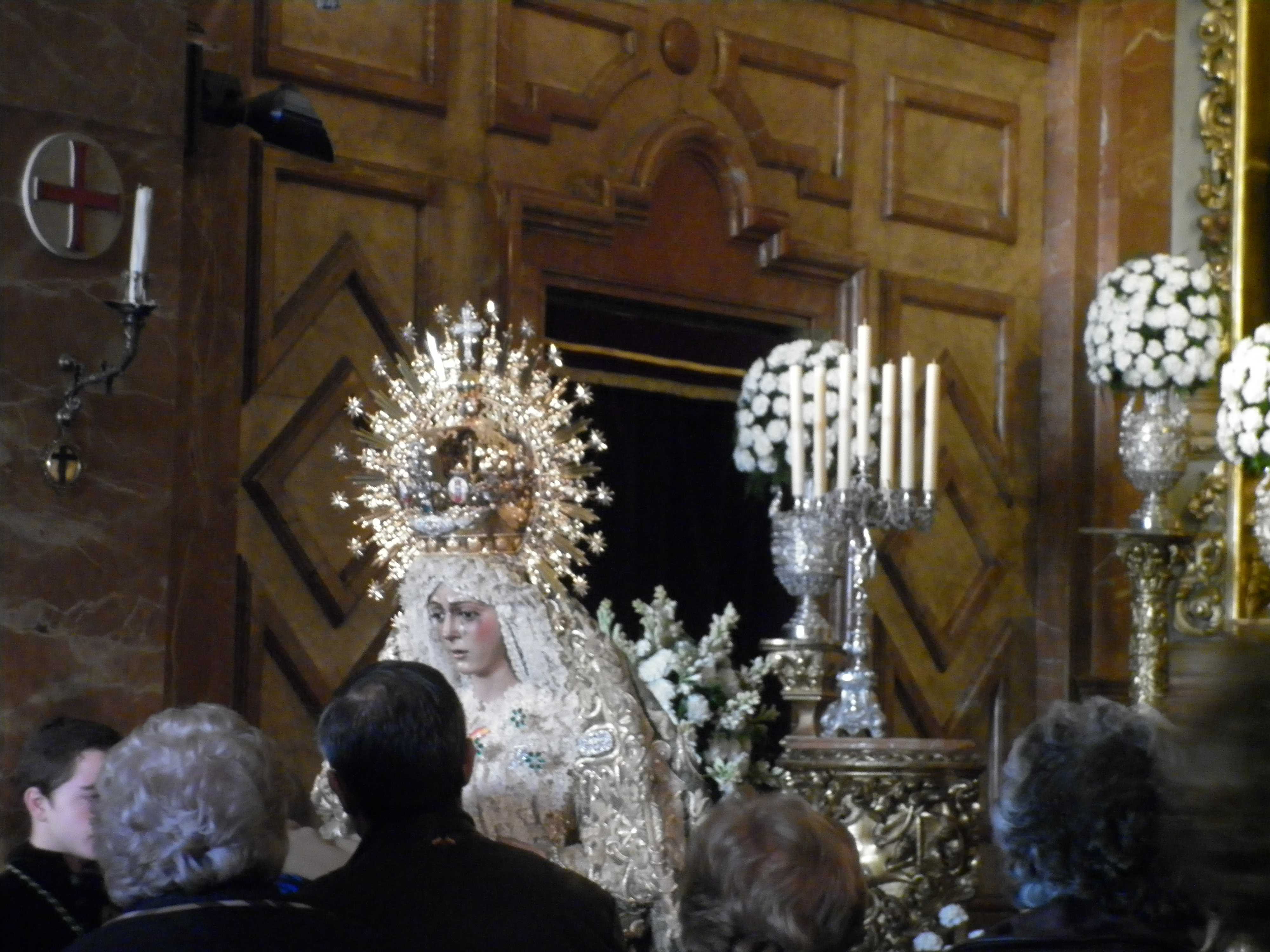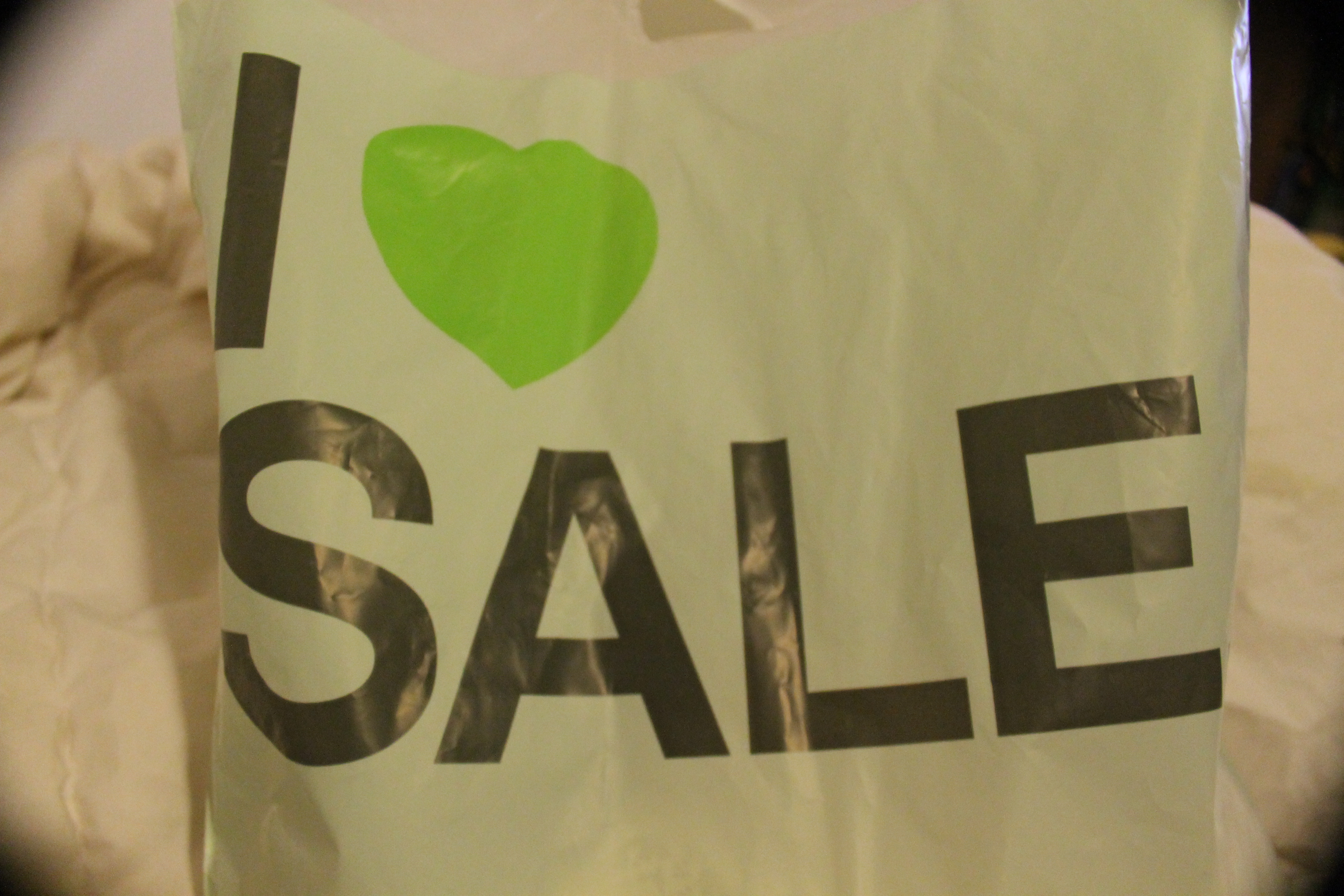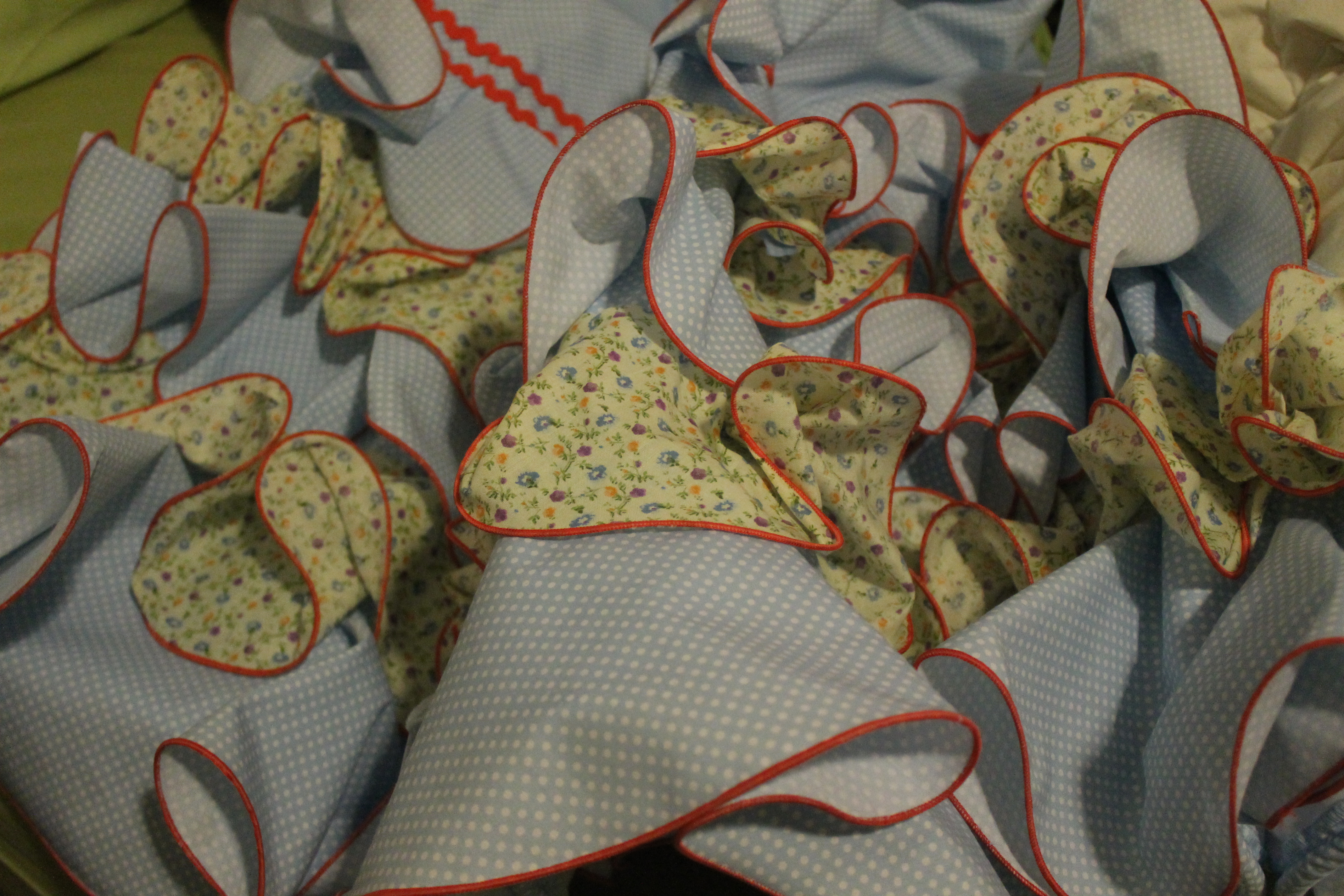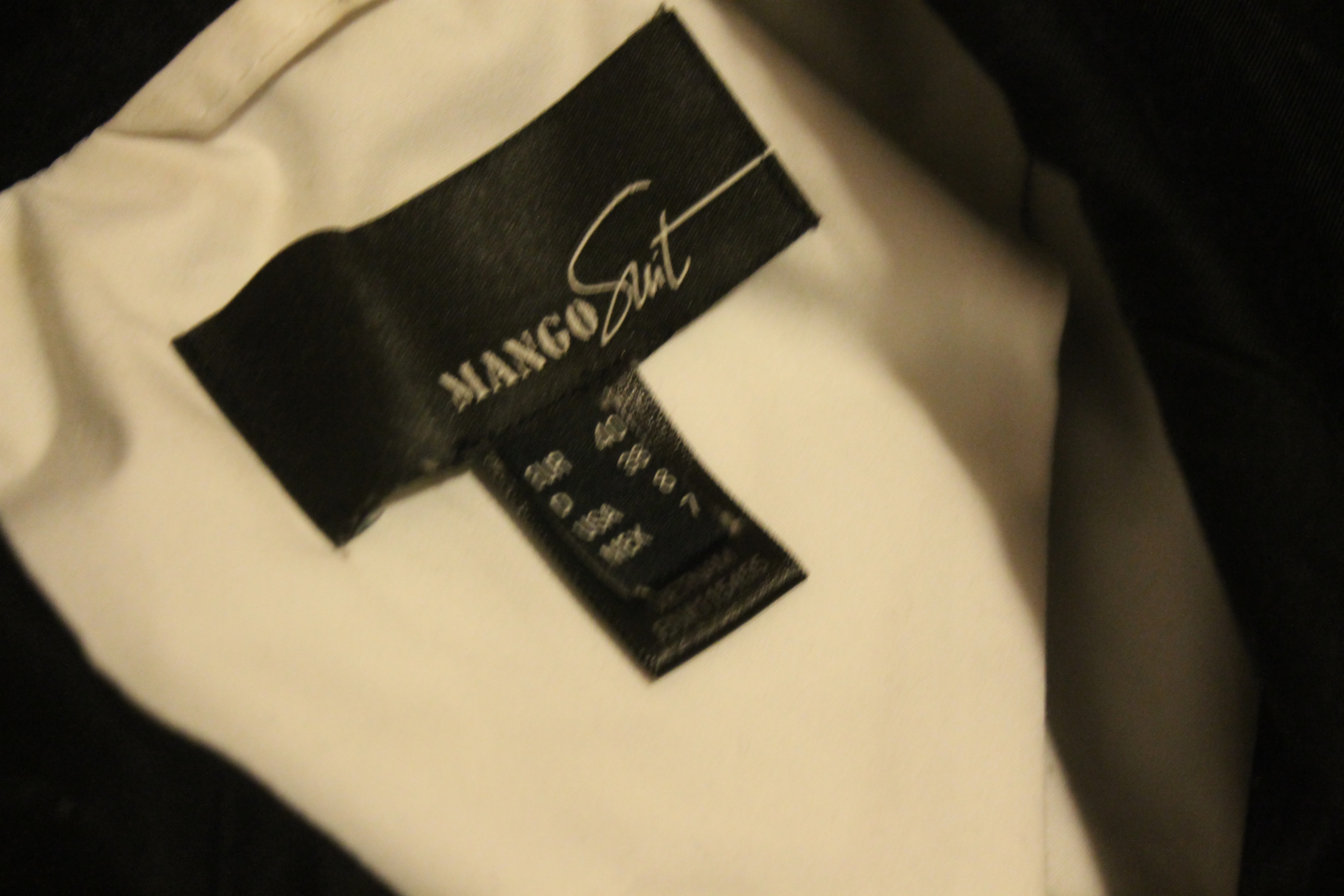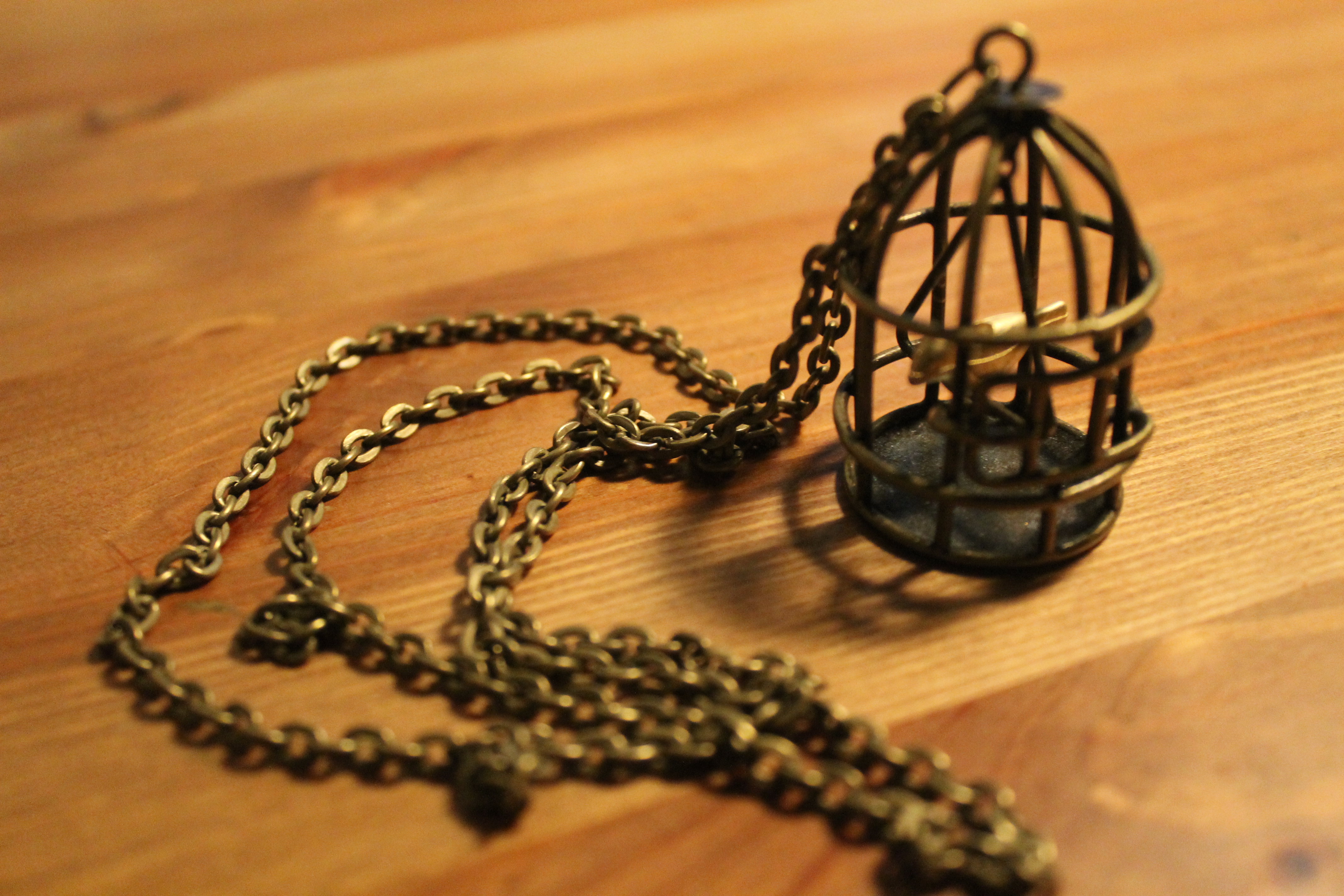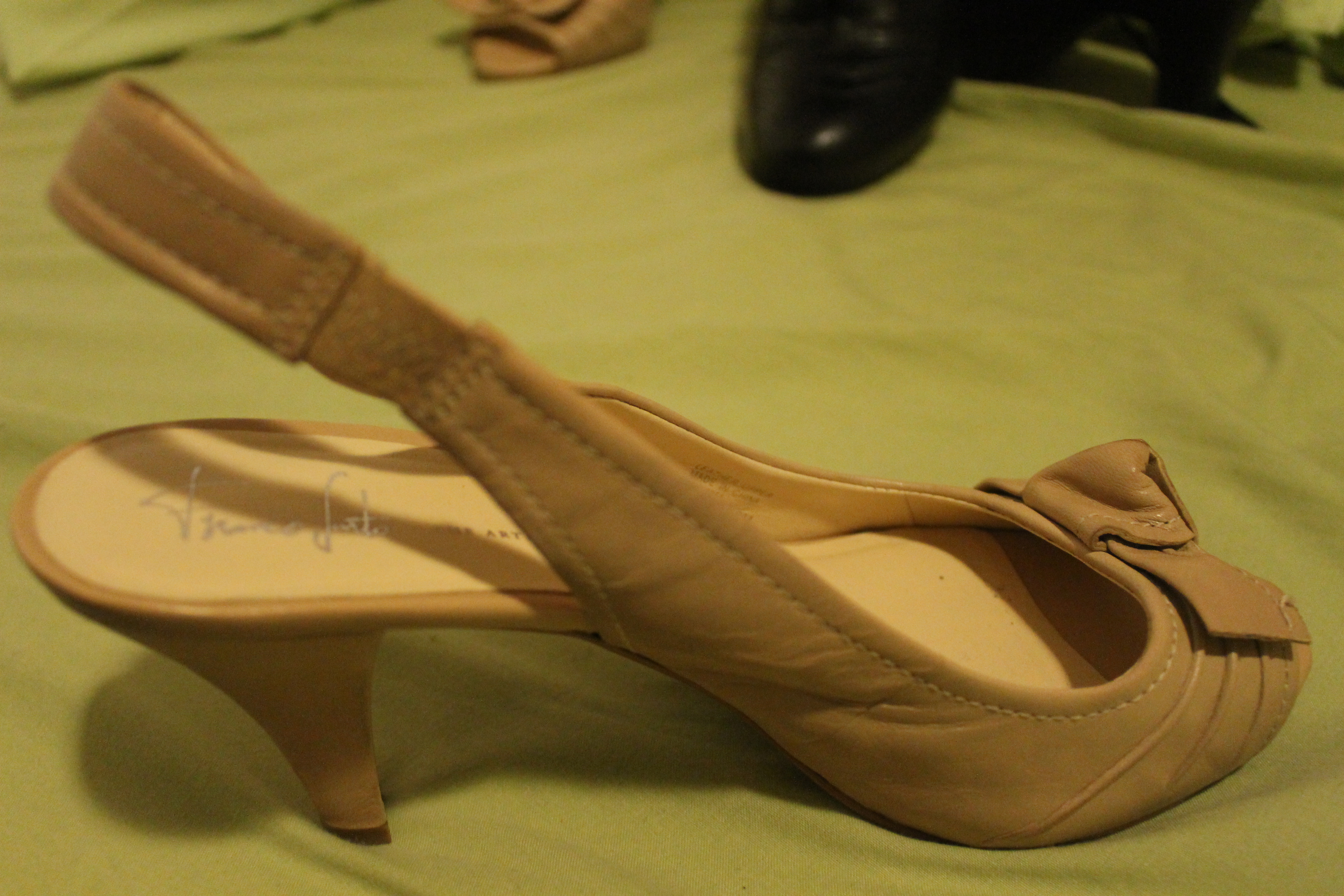I have oodles of serendipitous moments while traveling through Spain and the world beyond – from sharing a tanjine with a Berber man to rubbing shoulders with Falete (seriously, he literally brushed passed me on the street in a flare of flamboyant nonchalance). Camera in hand, belly full of food and with my dad or Novio, and I’m totally in travel nirvana.
Still, I gotta throw out this disclaimer: I have just as many flubs and mess ups and utterly frustrating moments when I travel. But I wouldn’t keep traveling if those moments didn’t thrill me and push me to see more.
Just last weekend, I hopped on a plane after work to Galicia, the region where I work during the summer. The food, the people and their sing-song language, the endless stretched of rocky beaches – Spain’s northwest corner won me over on my first visit in 2008, and I now spend my summers working in A Coruña. Kike had spent just an ounce of time here, so I was eager to pay the plane fare and join him during his weekend there.
On Saturday morning, we jumped in his car and drove towards Santiago, windows down. We’d been blessed with a clear sky and warm temperatures and stripped off our jackets as soon as we got parked. I’d been to Santiago four times already, including for the fest of Spain’s patron saint, but coming into the Plaza do Obradoiro was serendipitous: the sun glinted off the stalls selling scallop shells and rosaries, and Camarón was glued to my face as I looked for new ways to capture St. James’s final resting place. From out of nowhere, I heard my name.
Standing just behind me were about a dozen of my old students from Olivares. Like a weirdo, I started sweating, my head spinning. I haven’t found a day to go back and visit a town 40 minutes away by bus, but I suddenly found myself in an entirely different corner of Spain embracing students I taught English to for three years. I promised to visit over Feria and gave everyone a quick kiss more before tailing off behind Kike to the entrance of the Cathedral.
Mass was being conducted in the high arcs of galego. Kike and I had just barely entered when the priest called for the attendants to give the sign of peace. I watched, midday light streaming in through the stained glass, as pilgrams embraced after a long Camino, backpacks still affixed on their shoulders. We circled the church’s chapels before Kike prayed to Saint James that Spain survive the economic crisis.
My ears perked up at the words botafumeiro. KIKEEEEEE I whispered shrilly, they’re going to do it, ¡qué suerte! I couldn’t believe our luck in seeing an enormous incense holder during a Pilgrim’s Mass. The team of scarlet-clad priests gingerly lifted the lid off of the 53kg tin and silver holder. Vaya tajá, Kike noted as I watched the men begin to pull down on the long, braided rope that attaches the botafumeiro to the high ceilings. Like ringing a bell, they heaved together in a perfect synchronization, and the botafumeiro swung like a pendulum – a small ripple that strengthened to a feverish height. My spirit soared along with it.
Kike and I spent the early afternoon walking the back streets between stone buildings, stopping at attractive plazas for a beer and pintxo of tortilla or empanada. I dragged him to O Gato Negro, an unassuming bar I’d eaten at years back. We ordered a bottle of chilled Ribeiro, drinking it out of saucers. Pulpo was our main fare, squishy and seasoned with paprika. Kike stepped outside for a cigarette and struck up conversations with a gallego leaning across the stone entryway of the bar. He returned seconds later, still putting out his cigarette, to order another round of wine and what he called “a crab’s cousin.” Wrapped in philo dough, the slimy cousin more than got its due. “The man outside said this is the best bar in Santiago, and the cheapest, too.” He wasn’t kidding – a bottle of wine and two raciones ran us a tab of 17€.
I suggested a dessert of queso de tetilla – so named for its shape – and quince with a sweet wine at the Parador, an old hopital sitting at the foot of the Cathedral that has since been converted into a luxury hotel run by the government. Here’s to Los Puppies, Kike said as we shared tiny sherry glasses of vino de pasas. I was happy – belly full, wine making my head ring every so lightly, walking arm in arm with my love. My spirit felt as high as the spires of the temple that marks the end of a pilgrimage with as much force as the waves that batter Coruña’s rocky beaches.
The following day, the gran mariscada was planned. Since camp, I’ve craved the seafood one can eat in Galicia and often use the paycheck (or just really big denominations of euros) to get a nice mariscada, or plate full of different types of shellfish. The day was one of those perfect ones, especially in rainy Galicia – bright even with sunglasses, a hint of a breeze – and Kike had found the perfect place.
…we just never got there. On the back roads out of El Ferrol, his car box shifter thingy gears just kinda, well, gave up. He quickly got out of the car and quickly smoked a cigarette before calling his insurance company. I put my head to his chest and rubbed his back, knowing that the granola bar in my back would be consumed sooner or later.
When he got off the phone, a taxi pulled up and offered to take us as far as Coruña, where I had to fly out of a few hours later. Kike griped about how much the car would cost to repair and that he may not make it down to Seville before my trip, so I suggested we grab a few bees from a grocery store and sit on the Orzán. Looking across the shallow bay to the Torre de Hércules, back leaned up against my duffel bag, we told jokes and sipped Estrella Galicia as the sunlight waned. It felt strangely good to be sharing a place in Spain that I never associated with him, and we could laugh up the negative events of the day.
Galicia has everything that I feel Andalucía lacks – the people who tug at your heartstrings with their generosity, placid beaches, a religious fervor that isn’t just about Semana Santa. I feel at my best in Spain in general, and Galicia takes it to the next level. It’s lovely on the senses and gives me a lifting feeling of serendipity.
Have you ever traveled to Galicia? What are some of your most serendipitous travel moments?
